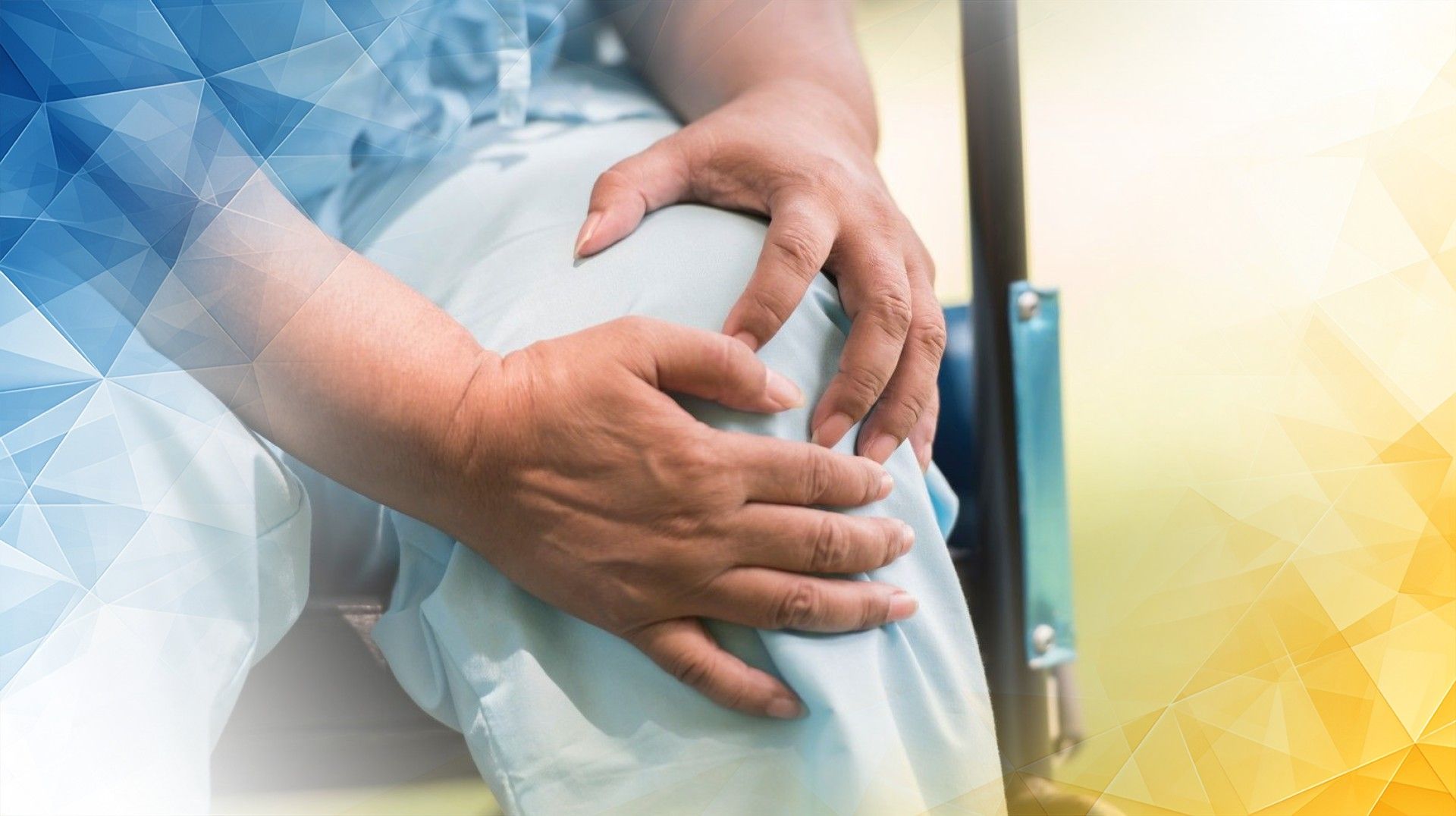



Knee injuries are a common setback for many people, from athletes to those simply going about daily life. Among these injuries , torn cartilage in the knee can be especially tricky—it often starts with subtle symptoms that are easy to ignore. Yet catching these signs early is crucial. Ignoring them can lead to more damage, longer recovery, and potentially permanent problems.
In this article, you’ll learn how to spot the early warning signs of a cartilage tear in your knee, so you can get the help you need before the problem gets worse.
To see why torn cartilage matters, let’s take a closer look at how your knee works. The knee is a complex joint where bones, ligaments , muscles, and cartilage all work together to give you smooth movement and absorb shocks with each step.
Cartilage is the firm yet flexible tissue that covers the ends of the bones in your knee. Think of it as a cushion, preventing the bones from rubbing against each other and allowing pain-free movement.
When cartilage is healthy, your knee stays stable and comfortable. But it doesn’t take much—a sudden twist during sports or even years of day-to-day wear—for that cushion to tear. A tear disrupts movement , causes pain and swelling, and sets the stage for bigger problems down the road.
Cartilage tears can result from both sudden injuries and gradual wear, especially if you’re active or getting older. Recent research shows that while the amount of cartilage damage isn’t always directly tied to how much pain you feel, any loss of cartilage can contribute to knee problems over time. That’s why it’s so important to catch the signs early and act quickly.
The symptoms of a torn cartilage in your knee can be subtle at first, but they’re worth paying attention to. Common signs include:
Other, less obvious signs may creep in:
These symptoms might start off mild, but they can get worse if ignored. Spotting them early means you can seek care before the damage grows.
Many knee issues can look similar, but there are some clues to help you tell them apart:
To keep track, consider starting a simple knee symptom diary:
Bringing these notes to your doctor can help get you a faster and more accurate diagnosis. In fact, research shows that monitoring your symptoms closely can make a real difference in managing knee injuries early .
Doctors rely on both physical exams and imaging tests to confirm a cartilage tear .
During the physical exam, your doctor will check for tenderness, test your joint movement , and make sure your knee is stable.
Imaging can give a clearer picture:
Thanks to today’s advanced imaging, doctors can diagnose cartilage problems more quickly and accurately than ever. The sooner you know what’s wrong, the sooner a personalized treatment plan can get you back on track.
Spotting the first signs of torn knee cartilage —like pain, swelling, stiffness, locking, or feeling unstable—can make all the difference in your recovery. Knowing what to look for, and how these symptoms differ from other knee issues, helps you act quickly.
Modern tools help doctors pinpoint what’s going on and recommend the best way forward for you. If you experience any of these symptoms, don’t wait—see a healthcare professional as soon as possible. Early care is the best way to save your knee , ease your pain, and keep you moving comfortably.
Fan, T., Chen, S., Zeng, M., Li, J., Wang, X., Ruan, G., Cao, P., Zhang, Y., Chen, T., Ou, Q., Wang, Q., Wluka, A. E., Cicuttini, F., Ding, C., & Zhu, Z. (2022). Osteophytes mediate the associations between cartilage morphology and changes in knee symptoms in patients with knee osteoarthritis. Arthritis Research & Therapy, 24(1). https://doi.org/10.1186/s13075-022-02905-8
Wluka, A. E. (2004). How does tibial cartilage volume relate to symptoms in subjects with knee osteoarthritis? Annals of the Rheumatic Diseases, 63(3), 264-268. https://doi.org/10.1136/ard/2003.007666
All our treatments are selected to help patients achieve the best possible outcomes and return to the quality of life they deserve. Get in touch if you have any questions.
At London Cartilage Clinic, we are constantly staying up-to-date on the latest treatment options for knee injuries and ongoing knee health issues. As a result, our patients have access to the best equipment, techniques, and expertise in the field, whether it’s for cartilage repair, regeneration, or replacement.
For the best in patient care and cartilage knowledge, contact London Cartilage Clinic today.
At London Cartilage Clinic, our team has spent years gaining an in-depth understanding of human biology and the skills necessary to provide a wide range of cartilage treatments. It’s our mission to administer comprehensive care through innovative solutions targeted at key areas, including cartilage injuries. During an initial consultation, one of our medical professionals will establish which path forward is best for you.
Contact us if you have any questions about the various treatment methods on offer.
Legal & Medical Disclaimer
This article is written by an independent contributor and reflects their own views and experience, not necessarily those of londoncartilage.com. It is provided for general information and education only and does not constitute medical advice, diagnosis, or treatment.
Always seek personalised advice from a qualified healthcare professional before making decisions about your health. londoncartilage.com accepts no responsibility for errors, omissions, third-party content, or any loss, damage, or injury arising from reliance on this material. If you believe this article contains inaccurate or infringing content, please contact us at [email protected].